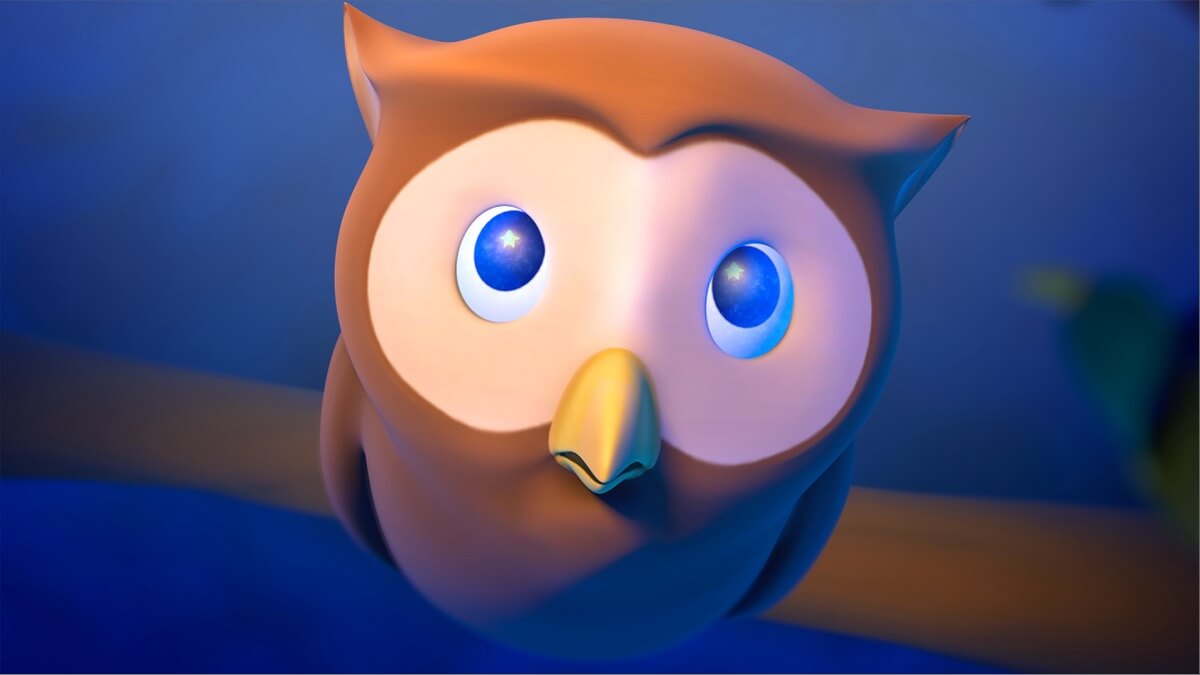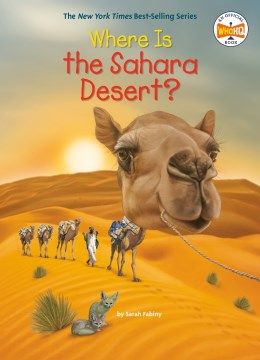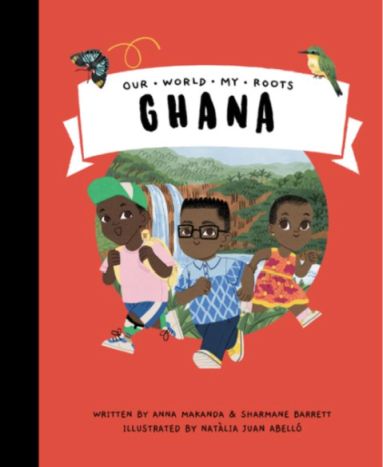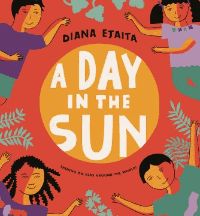...
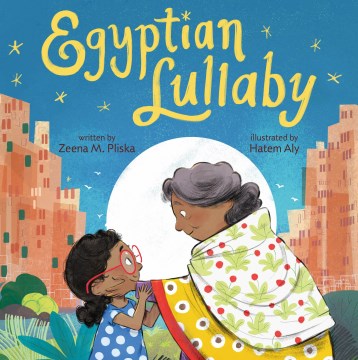 Title:
Egyptian Lullaby
Title:
Egyptian Lullaby
Author: Zeena M. Pliska
Genre: Picture Book/ Board Book / Egypt Ages: 4-6
Release Date: April 18, 2023

"A rich, beautifully layered ode to the great city of Cairo, Egypt, its people, and culture. Every night, my Ametti Fatma sings the sounds of Egypt to me as I fall asleep. This is the Nile, that flows through the city. Swish, swoosh, swish. This is the boat, that glides on the Nile, that flows through the city. Swish, swoosh, swish. Each night, a young girl's Auntie Fatma puts her to bed, singing a lullaby filled with rich imagery of her home in Egypt. As Auntie Fatma sings, we are given a glimpse of modern Cairo, from boats making their way down the Nile to gentle calls to prayer from the mosques to young children joyfully playing soccer in the streets. Join Zeena Pliska and Hatem Aly on a vibrant journey to Cairo in this gorgeous, layered song." Publisher
What is a Lullaby? A lullaby is defined as a quiet, gentle song full of soothing refrains to lull a child to sleep and even sometimes the reader too! However, Egyptian Lullaby by Zeena M. Pliska is a different kind of lullaby it is an ode, a remembrance, and a tribute to a grand old city, Cairo. It is a memorial honoring Cairo with beautiful, bold, colorful, and lively illustrations by Hatem Aly. The prose has a delightful and energetic pace with sounds introduced and repeated in the story such as swish, swoosh, clip, clop, beep, honk, toot, ruff, ruff, etc. It is an amusing and busy lullaby which could easily not put the reader and children to sleep.
Egyptian Lullaby is a rhythmic celebration of times past and present. It conjures memories of a stroll around the streets of Cairo to help a young girl remember and keep those memories alive. It is a tribute to the tumultuous, busy streets in Cairo which one loves, or detests. I must admit that I write this review with a great love of those busy hectic streets. Cairo is a city that never sleeps; a truism and not a cliche. It is an active city with over 22 million people during the day who live their normal lives: work, play, and visit. Cairo was founded in 969 CE at the point where the Nile River splits into two branches and forms the delta area leading to the Mediterranean Sea. It is a city that has grown so much in size and people over the centuries yet, still maintains that central focal point of so many things Egyptian. One can be in Alexandria in the north and say tomorrow, I am going to Egypt i.e. Cairo Cairo is Egypt and Egypt is Cairo both are Masr in Arabic.
Cairo is a layered city, so there is the old and the new side by side or the new literally on top of the old. One must remove each layer to look, learn and enjoy. This lullaby gives the reader that layered and connected view of Cairo. The author, Zeena Pliska, with Hatem Alys beautiful illustrations (both of Egyptian heritage) starts with a delicious hot drink called sahlab that brings memories just from drinking the warm milk with nuts, raisins, and coconut. The child in the story recalls the lullaby that her Auntie Fatma sings to her starting with the grand Nile River which flows through the city, enabling Egypts very existence. The Nile is a heba in Arabic, i.e. a gift from God to Egypt and its people so much emanates from the Nile River.
The lullaby begins with the beautiful drawing of the famous felucca sailboat on the Nile and other smaller boats as they glide along the river. Then the author reminds us of the muezzin (the person who calls the faithful to prayer) from the minaret of the mosque with saying: Allah u Akbar (God is great). Then, there is the old-fashioned donkey pulling the cart side by side with the modern cars and bus drivers honking in the streets. Another fixture in Cairos streets are the fruit and vegetable sellers the book features the man shouting to advertise his watermelons; there is the dog barking and finally children playing soccer (the national game).
The repetition of the sounds is soothing, lyrical, and reminds the reader and listener of all the characters, and the typical sounds found in Cairo. This is a very helpful technique for a young reader and listener to repeat and remember each character, as in a memory game: the Nile River, the boat, the muezzins call to prayer, the donkey and cart, the cars, and buses horns, the watermelon sellers shouting to sell his wares, the dog barking and the children playing soccer.
A few comments: Initially, the story refers to Auntie Fatma then switches to the Arabic Ametti (which means auntie on the fathers side); this could be confusing to the English/non-Arabic speaking reader. I find the use of sahlab hot drink an interesting but odd choice since it was not the most popular drink in my Egyptian household. In my opinion, sahlab is more popular in the Levant region of the Middle East e.g. Lebanon, and Syria; while hot chocolate or hot tea with milk are very popular but again, this can be a taste, and generation difference. The use of Arabic words without the English translation forces the reader to go to the glossary. This is both positive and negative since on the positive side; it makes the reader quickly discover the glossary and use it.
Congratulations to the illustrator for the beautiful, colorful, and lush illustrations in Egyptian Lullaby. I greatly appreciate Hatem Alys tribute to Cairo where he brings a slice of the city into our hands. He is correct in writing that it is just a fraction of what you might see in Cairo on a typical day. Zeena Pliskas note to the reader focuses on her hope to present a love letter to Cairo, the sweet homeland of her family and she has indeed succeeded! She hopes to show the reader a day in an otherwise normal life where Cairenes work, eat, sleep, love, and play and indeed, Egyptian Lullaby gives us that gift.
Heba F. El-Shazli, Ph.D.
George Mason Universitys Schar School of Policy and Government
Published in Africa Access Review (December 20, 2023)
Copyright 2023 Africa Access




